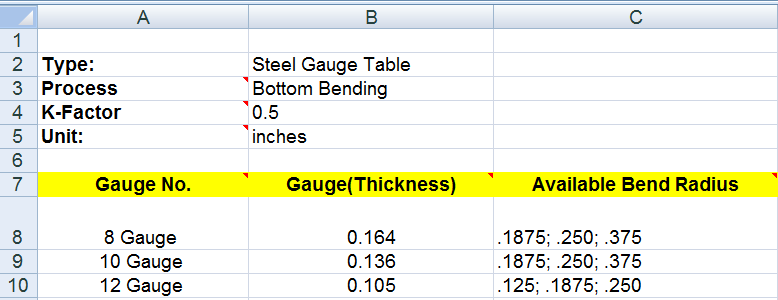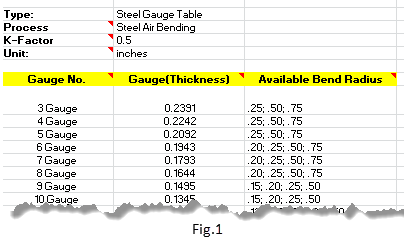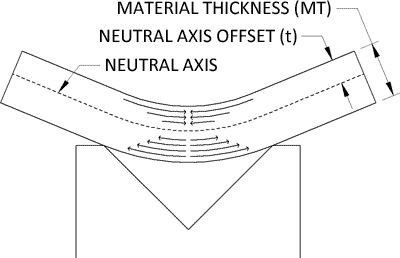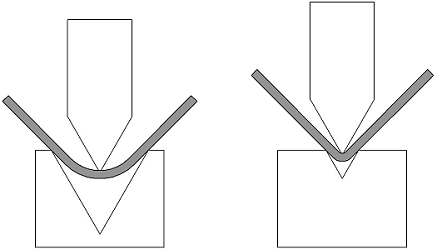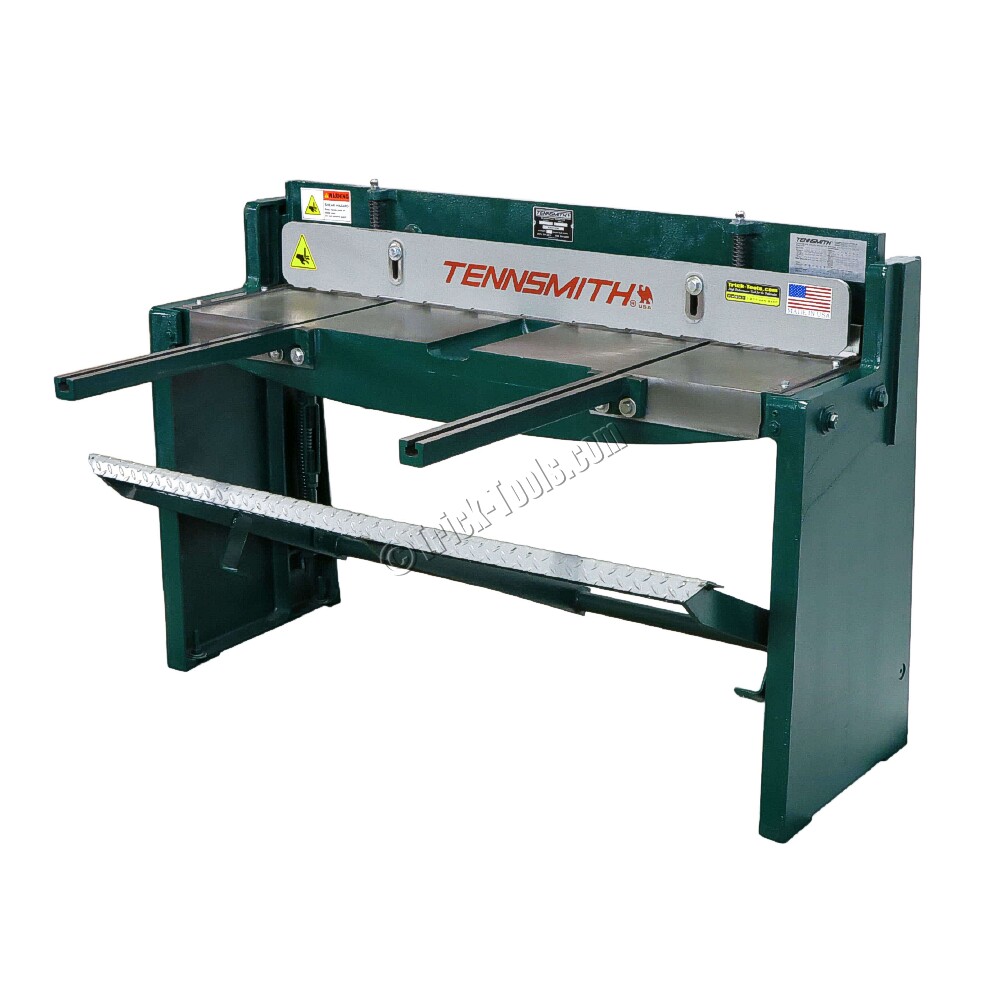16 Gauge Sheet Metal Bend Radius

The bend radii listed are standard minimum if manufacturing for aircraft and aerospace applications.
16 gauge sheet metal bend radius. 16 gauge 0 051 1 30 mm 0 375 9 52mm. Sheet metal bend radii if these guidelines are not followed more research and or some form of analysis may be requried. The material thickness will be measured in decimal form not by the gauge number. The gauge inside radius die opening and minimum flange length are all interconnected through different equations and relationships the air bend force.
The bend allowance formula takes into account the geometries of bending and the properties of your metal to determine the bend allowance. Since commercial sheet metal bending can be done with less concern for stresses caused during forming operation the radius can be near zero for thin sheet metal. 16 gauge 0 051 1 30 mm. 16 gauge 0 051 1 30 mm 0 375 9 52mm.
It is possible to choose other bends if you require but additional lead time and tooling charges may apply. An air bend force chart or force chart breaks down a number of key components of sheet metal bending in an easy to reference format. Being able to read a bend force chart is crucial for any brake press operator and sheet metal engineer. The minimum bend radius data shown in these charts is measured to the inside of the bend.
We go beyond the general rules of sheet metal bending as our customers want tight bend radii for sheet metal parts. 16 gauge 0 051 1 30 mm 0 265 6 73mm. 16 gauge 0 051 1 30 mm 0 305 7 75mm. Table 1 preferred recommended 90 degree bend radii for various sheet metals.




